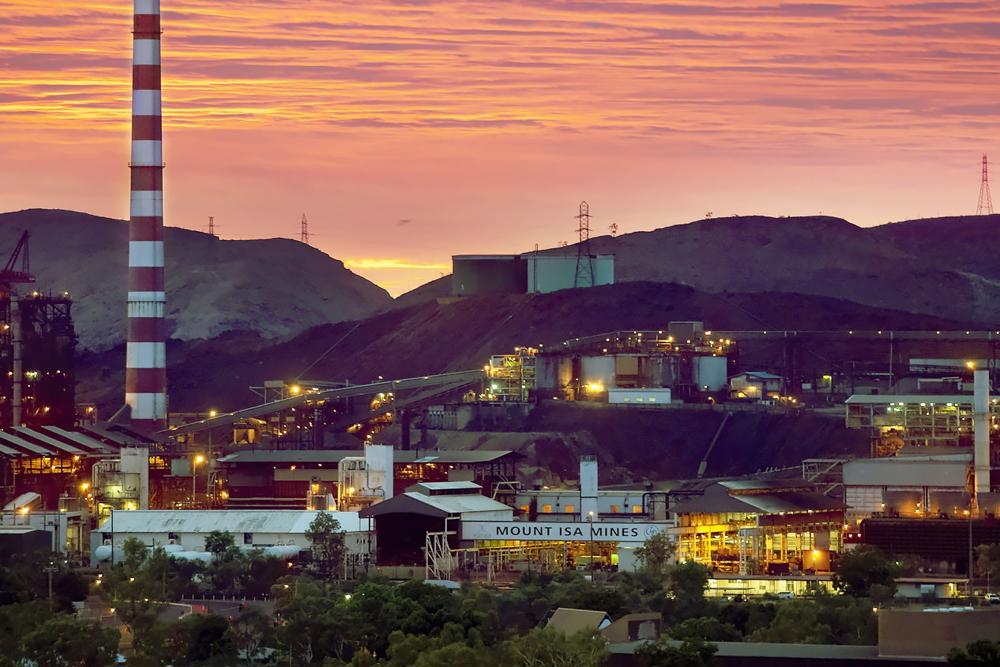
Ivanhoe Mines has announced a significant expansion of its copper exploration efforts through a new joint venture (JV) in Kazakhstan’s Chu-Sarysu basin.
The company has partnered with UK-based Pallas Resources to explore a vast 16,000 square kilometres licence package, which is 7.5 times larger than Ivanhoe’s Western Forelands project in the Democratic Republic of Congo (DRC).
Ivanhoe has initially acquired a 20 per cent equity stake in the JV, with options to increase its ownership to 80 per cent over time. The company has committed an initial investment of CA$18.7 million (approximately $20.71 million) for exploration activities over the next two years.
Depending on the results, Ivanhoe may invest up to CA$115 million over four years to earn a majority interest, with the flexibility to adjust the exploration program based on prospectivity.
The Chu-Sarysu basin is recognised as the world’s third-largest sedimentary copper basin, following the Central African Copperbelt and Europe’s Kupferschiefer.
It currently holds 27 million tonnes (mt) of known copper resources, including the Zhezkazgan complex, which produces about 200,000 tonnes of copper annually.
The U.S. Geological Survey estimates an additional 25 mt of undiscovered copper in the basin, indicating substantial untapped potential.
Robert Friedland, Ivanhoe’s founder and executive co-chairman, emphasised the strategic significance of this venture, stating: “This partnership marks an exceptional opportunity to utilise our exploration expertise in one of the world’s most prospective sedimentary copper basins.
“With over 16,000 square kilometres of licence applications in the Chu-Sarysu Basin — the largest land-holding position in the region — we are poised to become one of the most significant global copper exploration stories.”
The JV will leverage Pallas Resources’ digitised Soviet-era geological data, which has already identified multiple potential copper targets.
An airborne geophysics survey is planned for later this year to further explore these prospects.
Kazakhstan’s mining and quarrying sector is crucial to its economy, contributing approximately 14 per cent to its gross domestic product and 17.5 per cent to its exports, valued at around US$10.5 billion.
The country offers favourable conditions for mineral exploration and mining, including a skilled workforce and relatively low operational costs for labour and energy.
As Ivanhoe Mines embarks on this ambitious exploration project, the global mining community will be watching closely to see if the company can replicate its success from the DRC, where it has discovered over 50 million tonnes of sediment-hosted copper deposits.












